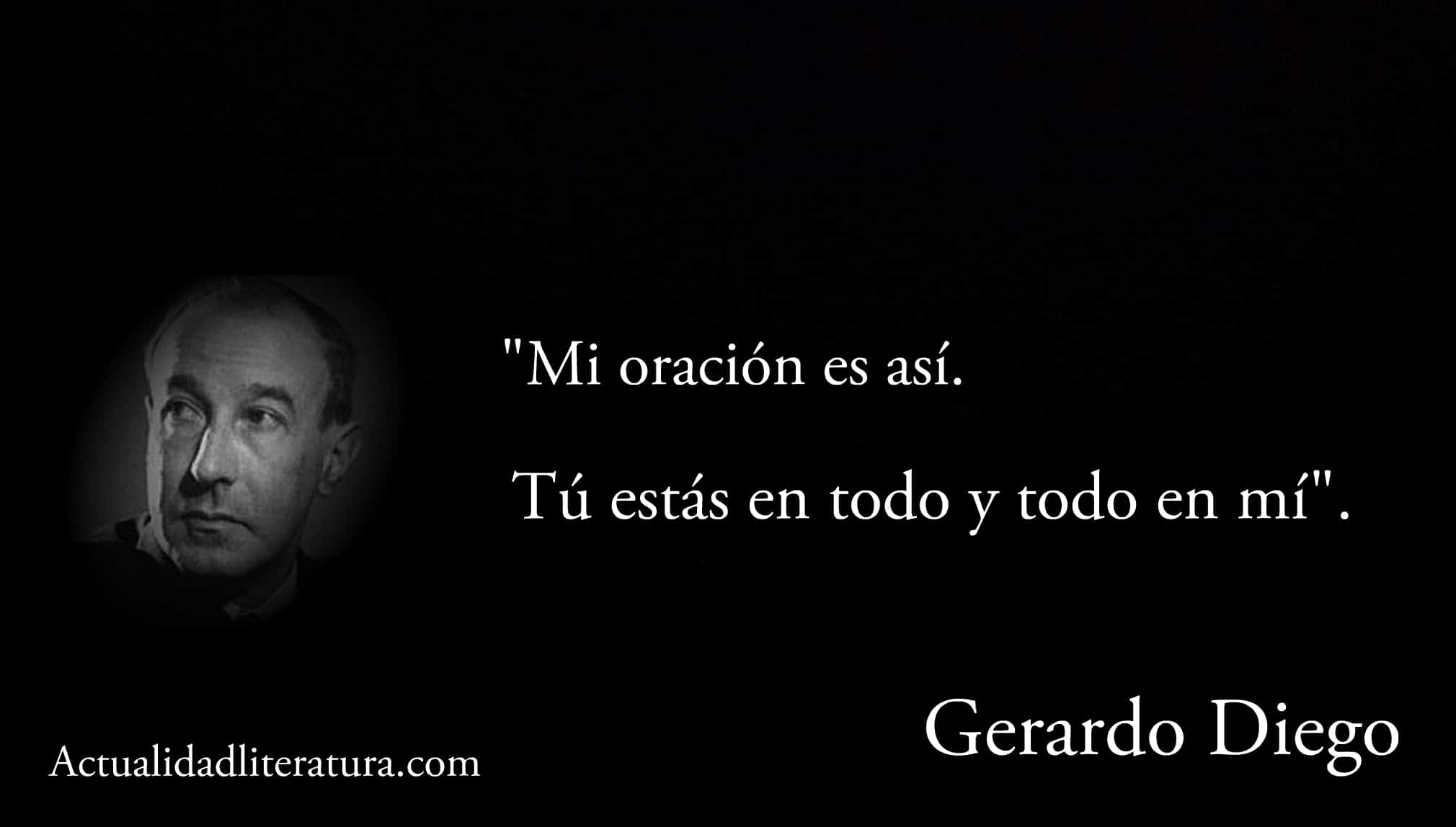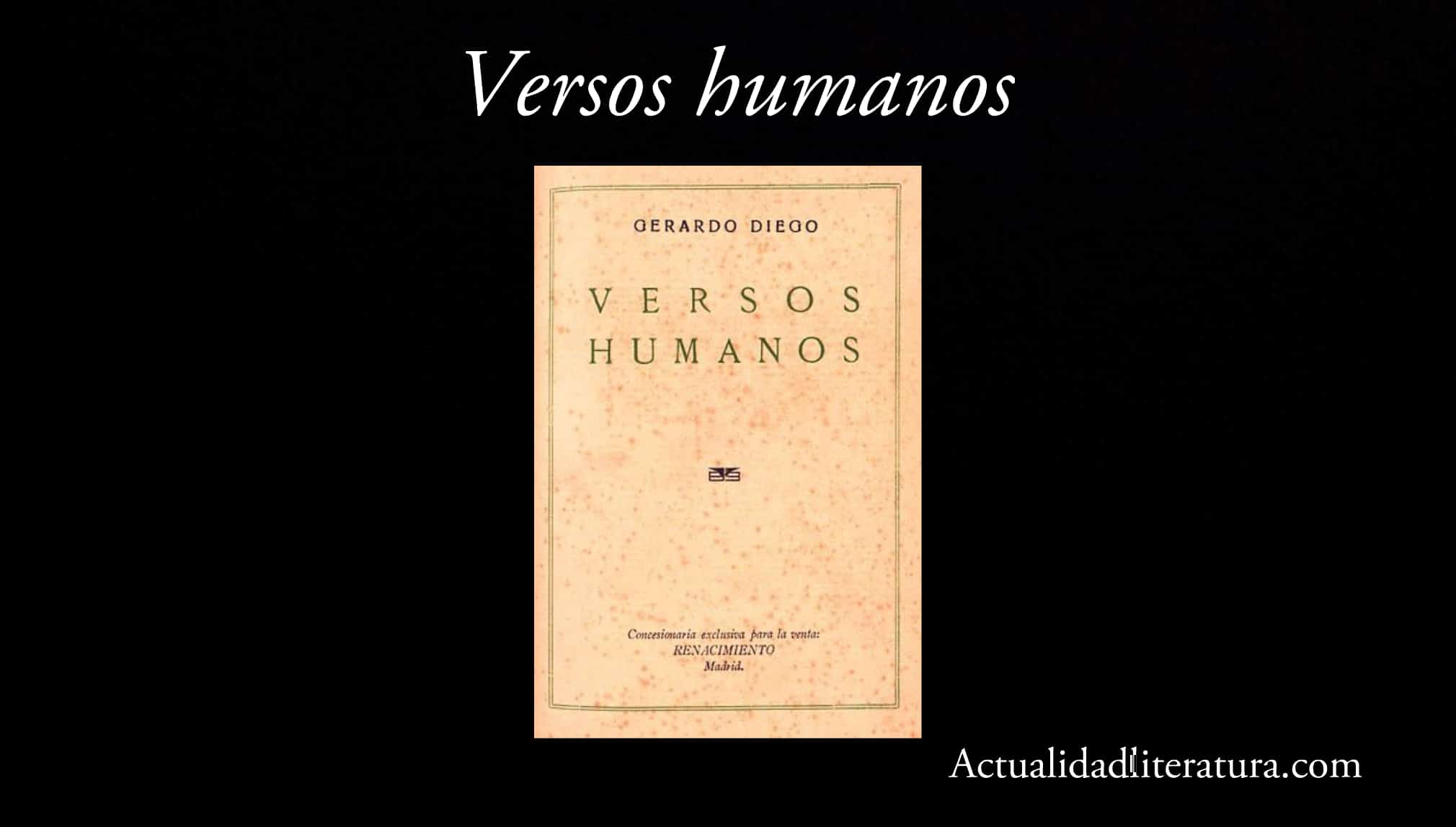
Quote by Gerardo Diego.
Gerardo Diego Cendoya was a Spanish poet and writer, considered one of the most emblematic members of the so-called Generation of 27. In his professional career, he stood out as a professor of literature and music. His handling of the piano was excellent. Together with other members of the aforementioned artistic-philosophical movement, he spearheaded the creation of a famous anthology.
Similarly, he led the "rediscovery of gongorism." This was a high-ranking cultural trend during the Spanish Golden Age whose aim was to exalt the work of Góngora. Towards the end of his life, Diego's literary career was honored with the 1979 Miguel de Cervantes Prize (in conjunction with Jorge Luis Borges).
Biography
Childhood and studies
He was born in Santander, on October 3, 1896. Within a family of textile merchants, which allowed him an excellent intellectual training. In fact, the young Gerardo was able to excel in music theory, piano, painting and literature classes. Additionally, the renowned critic Narciso Alonso Cortés was one of his instructors. He instilled in her a love of letters.
At the University of Deusto he studied Philosophy and Letters. There he met Juan Larrea, with whom he established a key friendship for his literary career. Even if, the doctorate was finally obtained at the University of Madrid. In that house of studies he obtained the chair of Language and Literature, a subject that he later taught in places like Soria, Cantabria, Asturias and Madrid.
First jobs
The story Grandfather's box (1918) was his literary debut, published in El Diario Montañés. Also, during that time collaborated with various print media. Among them, Grail Magazine, Castellana Magazine. He also wrote for some avant-garde magazines like Greece, Reflector o Cervantes. In the Spanish capital, he began to frequent the athenaeum and to nourish himself with the reigning artistic activity in the early 20s.
The romance of the bride (1920) was his first book of poetry. In this text, the influence of Juan Ramón Jiménez and his attachment to traditional ways is palpable. However, after a short stay in Paris, Gerardo Diego began to lean towards avant-garde trends. These were linked to creationism and melodious lyrical compositions.
Evolution towards an avant-garde style
The French capital brought the poet from Santander closer to cubism. From that experience he began to mix two or three themes within the same poem. At the same time, incorporated the creation of images into his books of poems. These aspects are palpable in his following publications, Image (1922) and Foam Manual (1924)
Below is a fragment of the poem "Creationism" (end of the first chapter of Image):
"Don't you think, brothers
that we have lived many years on the Sabbath?
We rested
because God gave us everything done.
And we did nothing, because the world
better than God did.
Brethren, let's get over laziness.
Let's model, let's create our Monday
our Tuesday and Wednesday,
our Thursday and Friday.
… Let's do our Genesis.
With the broken planks
with the same bricks,
with the ruined stones,
Let's raise our worlds again
The page is blank. "
According to Ruiza et al. (2004), the correct way to analyze Diego's work is “through the recognition of those two parallel paths represented, according to his own enunciation, by 'relative poetry', sustained by perceptible reality, and 'absolute poetry' , sustained in the same poetic word and very secondarily in the evident reality ”.
Consecration

Human verses.
You can buy the book here: Human verses
In 1925 Gerardo Diego published Human verses, a collection of poems that marked a turning point in his literary career. Well that same year he was recognized with the National Prize for Literature (received together with Rafael Alberti). In addition, at that time he stayed for long periods in Gijón, where he founded the magazines Carmen y Lola, both cutting edge.
For the vindication of gongorism
The Cantabrian writer headed, together with Alberti, Pedro Salinas and Melchor Fernández Almagro, a series of editions and commemorative conferences on the occasion of the Centennial of Góngora. The initiative was joined by writers of the stature of Dámaso Alonso, García Lorca, Bergamín, Gustavo Durán, Moreno Villa, Marichalar and José María Hinojosa.
Poetry Spanish, International
In 1931 he was transferred to the Santander Institute, previously he had given lectures and recitals in Argentina and Uruguay. A year later it appeared the anthology that gave definitive fame to the poets of the 27 Generation: Spanish poetry: 1915 - 1931.
The book also encompasses Silver Age authors such as Miguel de Unamuno and Antonio Machado. Although for the second version (1934), Juan Ramón Jiménez decided to exclude himself. The list of contemporary poets present in the anthology includes:
- Ruben Dario.
- Valle-Inclan.
- Francis Villaespesa.
- Edward Markina.
- Henry of Table.
- Thomas Morales.
- Jose del Rio Sainz.
- Alonso Quesada.
- Mauricio Bacarisse.
- Anthony Spina.
- Juan Jose Domenchina.
- Leon Felipe.
- Ramon of Basterra.
- Ernestina de Champourcin.
- Josephine of the Tower.
Before and after the civil war
In 1932, Diego published in Mexico Fable of Equis and Zeda, a parody with mythological and gongorian overtones. That same year he launched Poems on purpose, a work that shows a baroque metric pattern —with real tenths and sixths— to give consistency to the avant-garde theme. At the same time, during the years before the civil war, the Spanish writer gave lectures around the world.
In 1934 he married Germaine Berthe Louise Marin, a French national. She was twelve years younger than him. They had six children. When the civil war broke out, Diego was in France, with his wife's relatives. He returned to Santander in 1937, after the victory of General Francisco Franco's troops.
Francoist
Gerardo Diego assumed an unequivocal position in favor of the Francoist phalanx and remained in Spain during the dictatorship. Therefore, his literary activity was not affected. Furthermore, during the 1940s he entered the Royal Academy (1947) and published several of his most elaborate works. Between them: Angels of Compostela (1940) Real lark (1941) and The moon in the desert (1949)
In the same way, he wrote articles in different media supporters of the regime, such as the newspaper La Nueva España from Oviedo and the magazines Vertex, Tajo, The Spanish y Watchword. His support for Franco was repudiated by many of his generation companions, especially when he did not advocate for the release of Miguel Hernández.
Its congruent? justification
Pablo Neruda harshly criticized Diego's position in some verses of his General sing. However, the aforementioned expressed in his Autobiography: "The war ... did not hinder in the least for us to preserve our friendship, and even the increasingly accentuated divergence in the respective poetics, because some began to make a more or less surrealist type of poetry" ...
Legacy
Gerardo Diego Cendoya had a long life. He died in Madrid at the age of ninety, on July 8, 1987. For this reason — mainly from the postwar period — it had time to expand its number of publications to more than fifty books. Almost all of them belong to the poetic genre, among which the most prominent are:
- Incomplete biography (1953)
- Love poetry (1965)
- Return to the pilgrim (1967)
- The foundation of wanting (1970)
- Divine verses (1971)
In the end —ideologies aside— The enormous legacy of the Santander author was valued in his lifetime with the Miguel de Cervantes Prize in 1980. This award was given to him in a shared way with Jorge Luis Borges (it has been the only occasion in which it has been awarded in this way). Not surprisingly, Gerardo Diego's influence on Cantabrian and national poetry remains in force to this day.